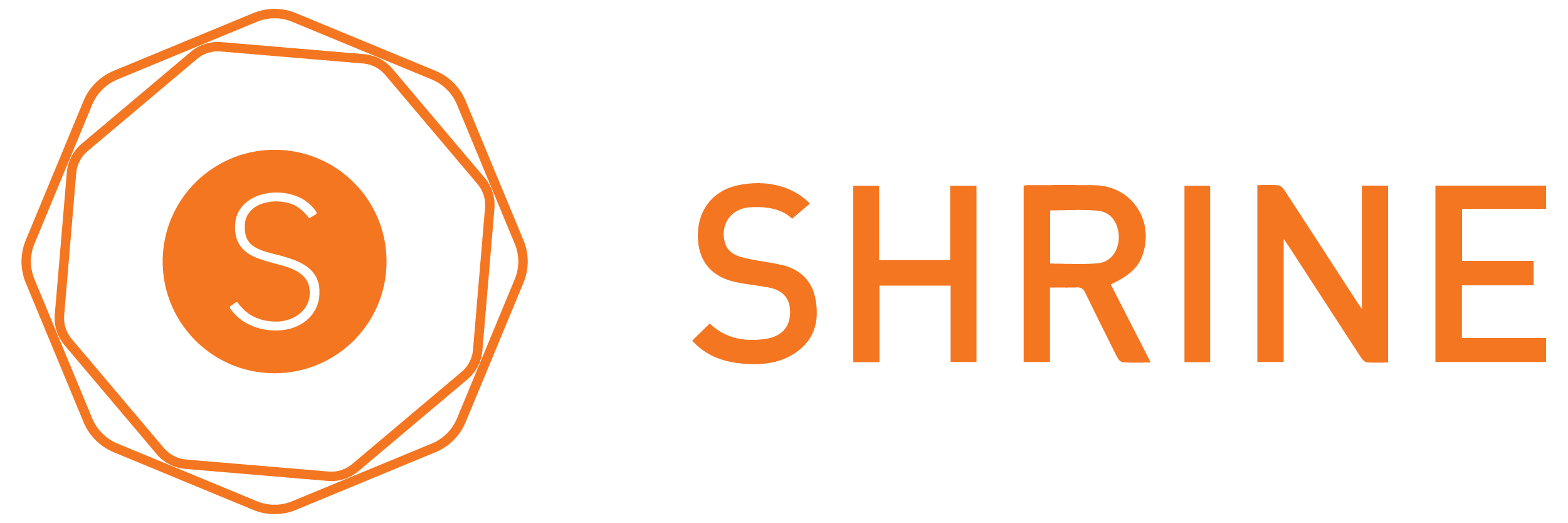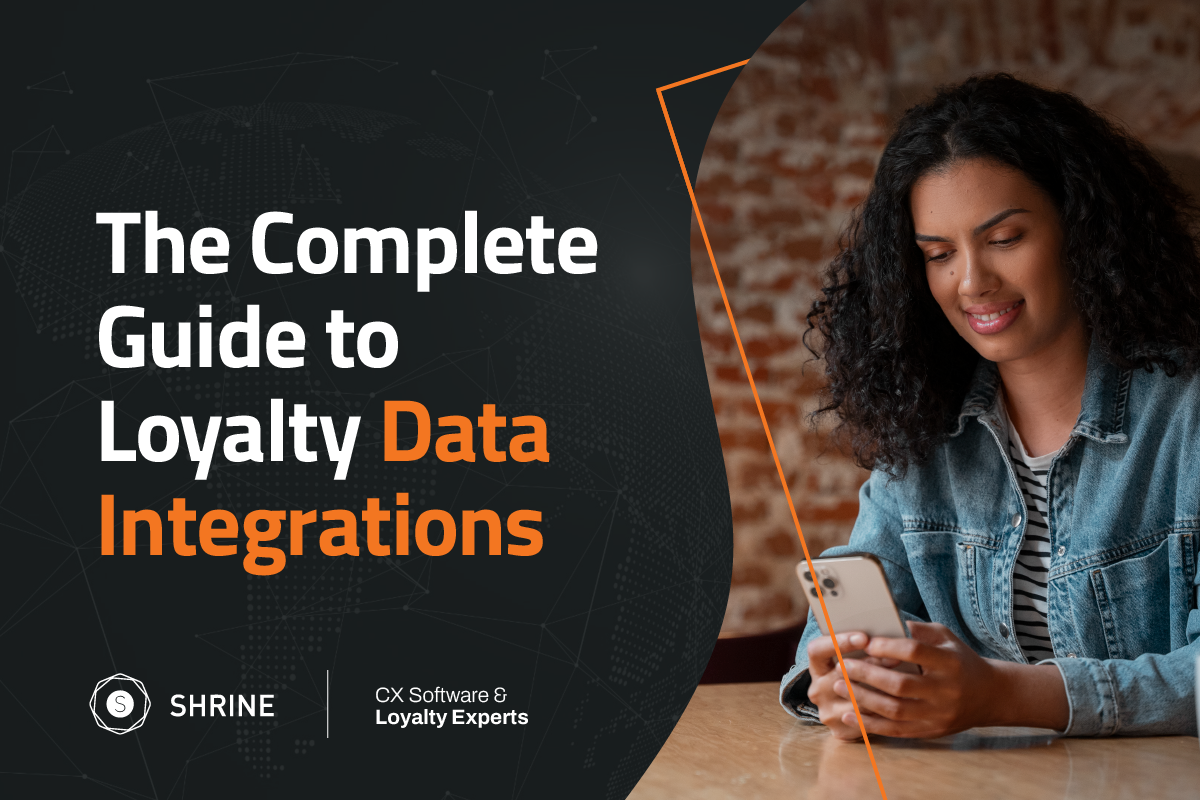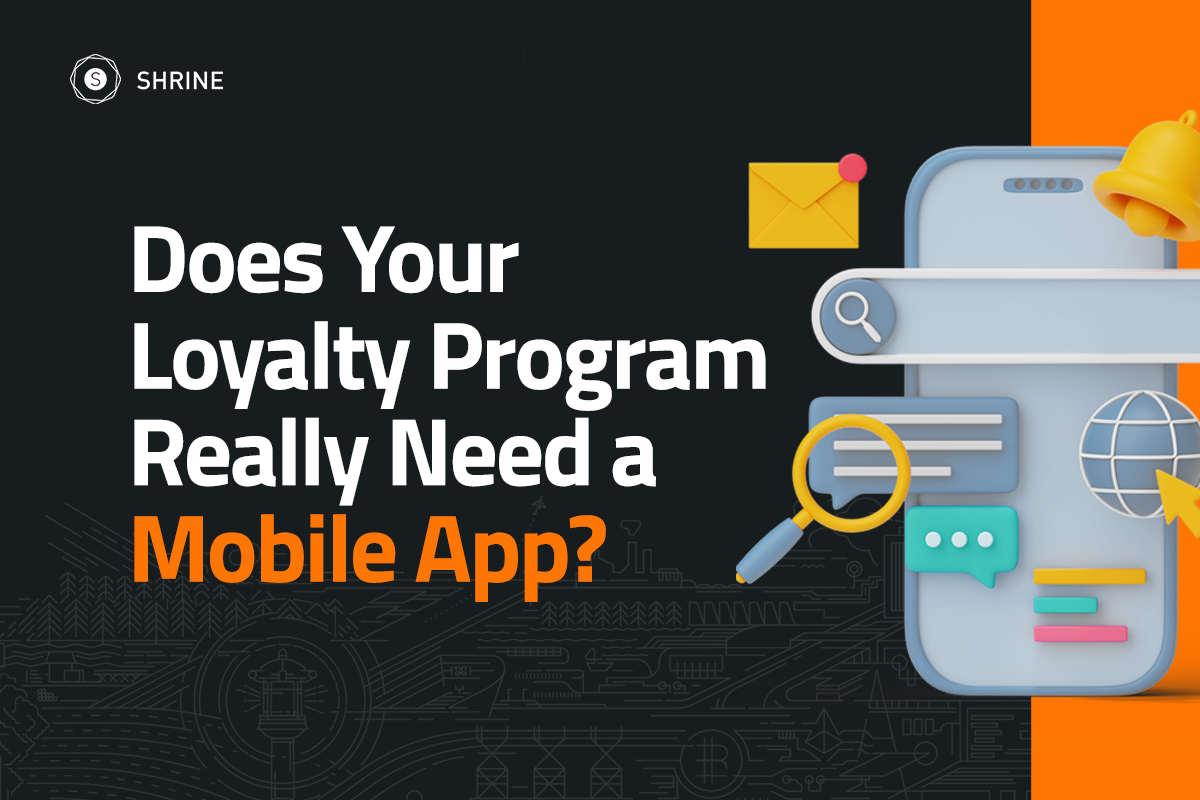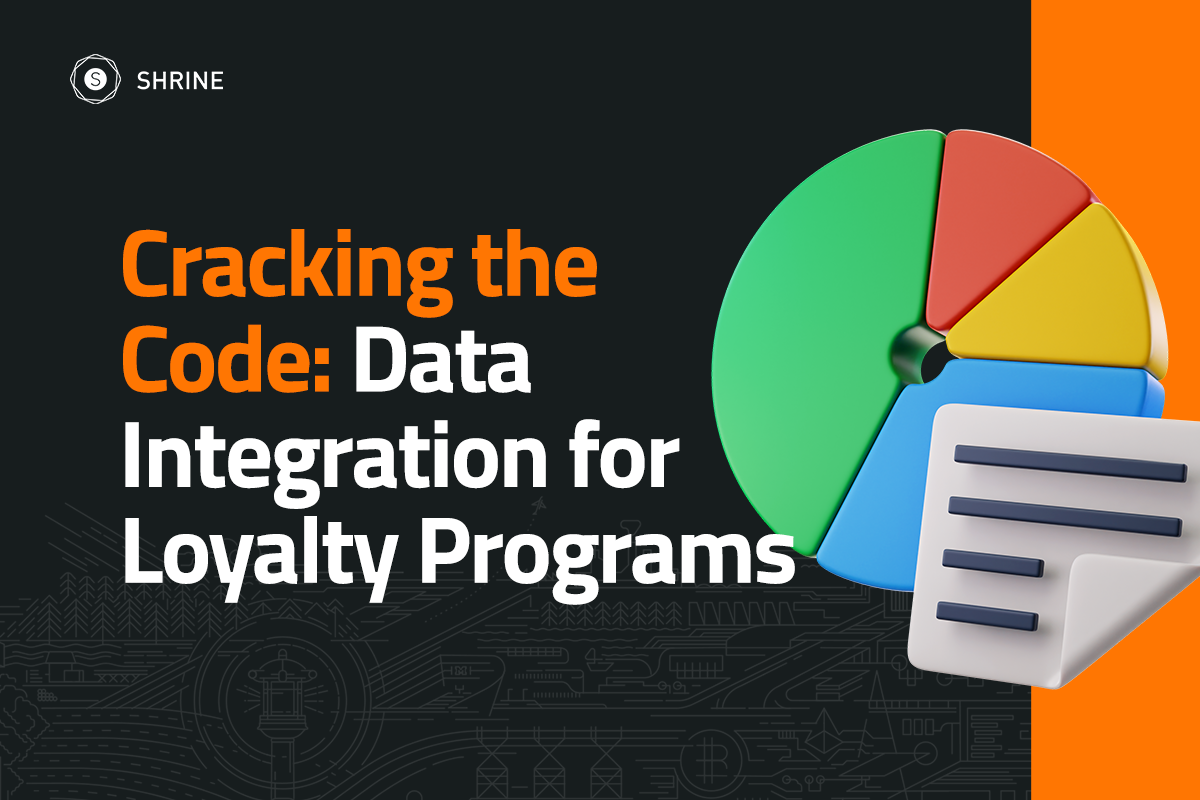It seems like everyone is launching NFTs these days. But while anyone can launch an NFT, not everyone necessarily should. One of the distinctions we see is that NFTs can have value beyond just being jpegs. But first, it’s important to understand how.
From “Pretty Pictures” to Keys
At their core, NFTs consist of a few components. Notably, there is a record of the NFT on a blockchain or public ledger. This is typically done via a smart contract. There is often nothing remarkable about these smart contracts other than they follow an NFT “standard,” such as ERC-721 or ERC-1155. These smart contracts keep track of who owns what NFTs as well as data about the NFTs. However, in most cases not all the data for a given NFT is stored on the blockchain itself. The NFT data stored on the blockchain points to “metadata” (data about data) that is stored on a file storage system such as Amazon’s S3 or IPFS. This metadata will contain information such as the description of the NFT and a link to a URL for the image or video that represents the NFT.
This distinction is important, given one of the biggest criticisms against NFTs is that they are simple images that can be “right-clicked” and saved. But NFTs are so much more than that. Each NFT contains unique ownership data and characteristic details. This unique data can be used to turn NFTs from “pretty pictures” to keys.
Keys to What? Loyalty.
So, why do we care? So what if we can know if someone owns an NFT and that it is a certain type? That is where an NFT loyalty program comes in. Because NFT ownership can be proven, NFT creators have the distinct opportunity to offer exclusive perks and access directly to NFT owners. This is a core feature of web3. There is now the ability to transfer “value” (more on this in a moment) from creators to owners on terms that both sides consent to with little overhead.
The perks of owning an NFT—i.e., the “value”—is known as utility. The utility offered by NFT creators is what separates interesting NFTs from shameless cash grabs. So, what kind of utility can be offered?
- Access to exclusive digital channels. For example, access to exclusive Discord channels that is only available to NFT owners.
- Proving unique commemorative tokens or NFTs to NFT owners via airdrops. As an example, BAYC now offers access to NFTs that represent digital land in “the otherside,” a metaverse that Yuga Labs is creating.
- Voting. People in a community want their voices to be heard. NFTs offer a way to align the voices of the community with their investments. The exact voting mechanism can be customized. If a community wants to have a small amount of heavily invested voters then it can price their NFTs high. If a community wants to engage a large audience and spread out their influence then it can price their NFTs low so many people can engage. web3 allows communities to make this choice. Plus, it gives them the power to financially align the way their communities operate.
- Enterprises design a loyalty program with desired outcomes.
- They reward or sell NFTs in a way that aligns with their loyalty programs.
- Individuals receive or buy these NFTs.
- Enterprises provide exclusive perks and access.
- The NFT owners enjoy their perks. If they decide they are no longer interested, then they can sell their NFT to someone else.
- Enterprises evaluate their loyalty programs and adjust how they use NFTs accordingly.
- Choosing competing solutions, such as Facebook, leads to vendor lock-in. The result is that vendors can use this lock-in to charge exorbitant fees or blatantly steal audiences. Contrarily, NFTs rely on open-source technologies; should any of the providers involved in issuing the NFTs begin to act in bad faith then an enterprise can take their users with them to a new platform. This simply can’t be done with other technologies.
- Initial analyses suggest that web3 technologies pay out more than traditional web services. According to a16z crypto’s “2022 State of Cryptocurrency Report,” each NFT creator averaged $174,000 in revenue in 2021. Meanwhile, Meta paid out $0.10 per user, Spotify paid out $636 per artist, and YouTube paid out $2.47 per channel. As the report explains, “web3 platforms have drastically lower take rates than the internet giants today.” web3 technologies promote fairer economics and fewer intermediaries.
- NFTs allow for a more direct relationship between creators and consumers. Our hope is that creators appreciate the responsibility that comes with developing NFTs. There is nothing wrong with creating “pretty pictures.” However, NFTs can be so much more. We believe they can foster sustainable relationships that help creators deliver awesome content and reap the benefit of that content. For consumers, we believe NFTs will offer them the chance to enjoy an unparalleled connection with creators that rewards the most loyal fans with the best perks. It can also offer them comfort in knowing that their money is going directly to creators, not middlemen.




